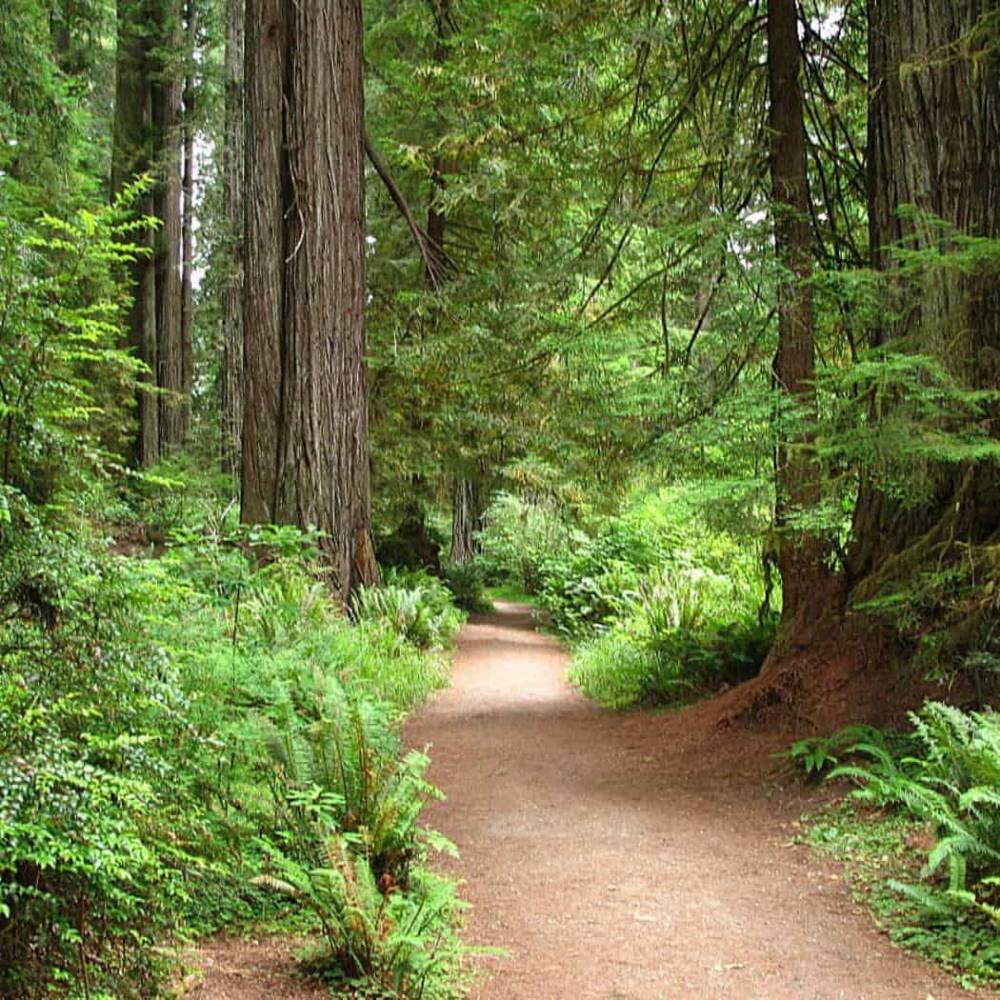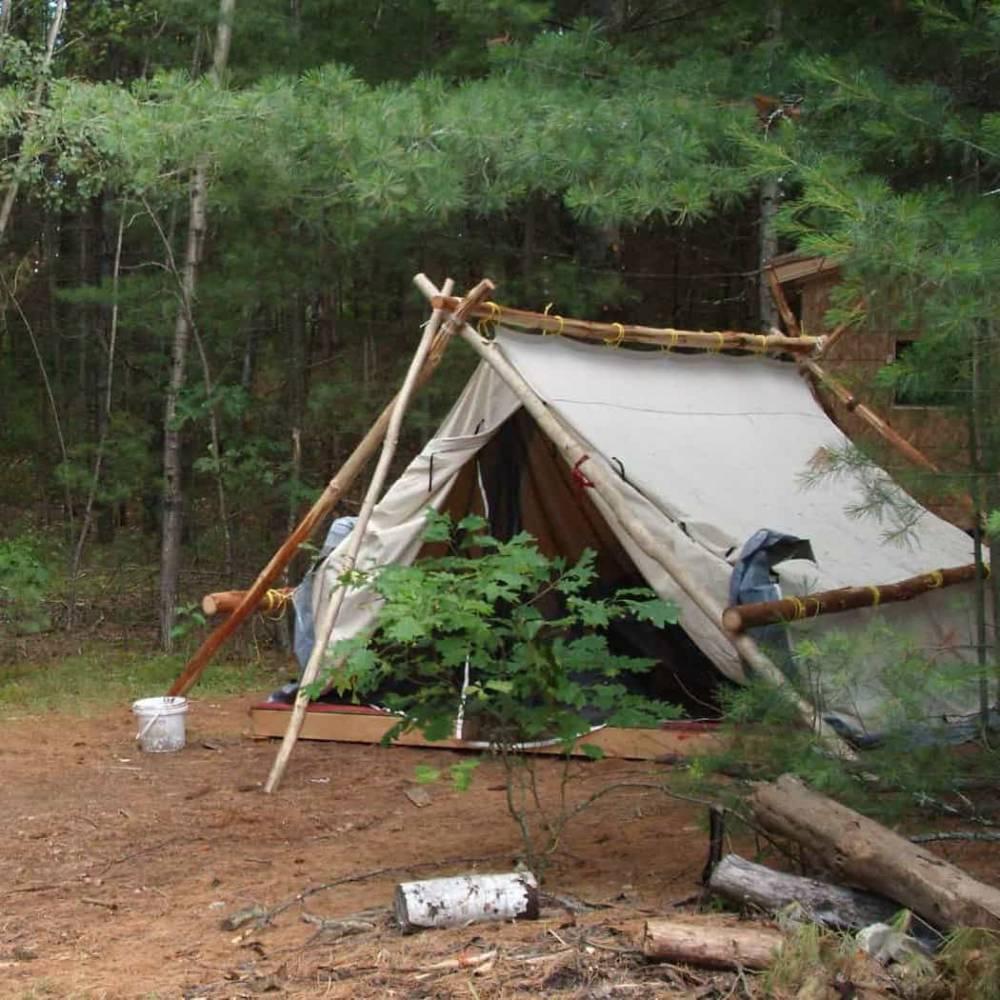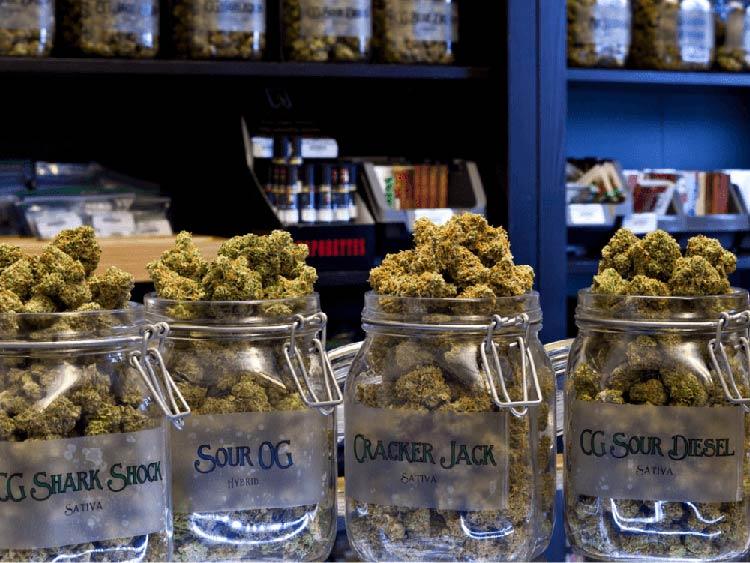The History of Prohibition in Cannabis California, Part 3: The Medical Marijuana Movement
April 15, 2020

Evolving through many changes over the years, California cannabis culture began peacefully in The Emerald Triangle, then adapted to the official oppression that made life hard for farmers trying to protect their crops. However, a glimmer of hope emerged in the 1990s as we saw the beginning of the end of prohibition in California.
The medical marijuana movement was sprouting up as a grassroots movement, and things were about to change forever.
The Beginning of the End of Cannabis Prohibition
Less than 200 years ago, cannabis was not only accepted but relied upon for its ability to treat many conditions. Once a staple in many American household medicine cabinets, the plant has hundreds of years of recorded use in medicine compared to the decades of prohibition that followed.
It was only a matter of time before the plant would be once again recognized for its practical uses. In the late 80s and early 90s, Dr. Tod Mikuriya spoke around the world, gaining support for the use of cannabis as medicine.
Dr. Mikuriya was not alone in his efforts. As a veteran and outspoken gay man, Dennis Peron was also fighting to see medical marijuana legalized. Peron became an activist after witnessing the brutal oppression and arrest of his partner Jonathan West, who used medical marijuana to combat symptoms of AIDS. After West sadly passed away, Peron organized Proposition P, a San Francisco medical marijuana initiative – which passed with a whopping 79 percent approval in 1991.
While Prop P could not act as a law, it was a resolution declaring the city's support for medical marijuana. Soon after, other cities including Santa Cruz followed suit. The California legislature went on to approve medical marijuana bills that had been introduced by State Senator Milton Marks and Assemblyman John Casconcellos, but these bills were vetoed by then-Governor Pete Wilson.
After seeing legislation fail to implement a law that would benefit the people who needed marijuana as a medicine, Peron, Mikuriya and numerous others began drafting what would be the Compassionate Use Act of 1996.
Proposition 215 Created the Groundwork for Legalization
Voters passed Proposition 215 on November 5th, 1996, with a vote of 55 percent in favor and 44 percent against, making it the first state to legalize medical marijuana. This event would change the landscape of the medical marijuana movement not only in the United States but around the world. Since then, over half of the states have legalized medical marijuana. Plus, a growing number including California, have legalized adult-use as well.
Proposition 215's intentions were simple, although this left it regarded as poorly written. The initiative never aimed to outline how a system for legal medical marijuana would work. It only made it legal and accessible to patients. Regulating sales and safe access was left to the government.
The Compassionate Use Act allowed seriously ill Californians with a doctor's recommendation and their caregivers to obtain and use medical marijuana. Of course, the government immediately stepped in, threatening to evoke the license of any physician who recommended medical marijuana.
Physicians promptly took this matter to federal courts, which ruled that doctor-patient confidentiality would protect doctors who chose to make this recommendation.
It wasn't until 2003 that then-Governor Gray Davis signed SB 420, also known as the Medical Marijuana Protection Act. This bill established the patient ID card system that gave law enforcement a framework to assess who was a qualified patient. Every state where medical marijuana is legal now uses a similar ID card system.
Medical Marijuana Creates a Gray Area
The passage of Proposition 215 and SB 420 were landmark events in history. Especially since these laws profoundly changed the landscape for activists and legalization in the U.S.
But the government, even now, isn't ready to see Federal prohibition finally come to an end. While legalization may seem black and white, the truth is, there is a lot of gray area. In California, following the passage of these laws, that was especially true for businesses growing and selling medical marijuana.
The DEA essentially found themselves wandering like children through a playground of businesses that were operating openly, blatantly selling a product that the Feds consider illegal. It was the start of the underground cannabis cultivators coming out of the shadows, providing patients with the relief they'd been searching for.
Unfortunately, for many early medical marijuana businesses in CA, federal prohibition meant they were still subject to raids where law enforcement regularly seized crops, products, and assets. The clash between the federal and state governments is still ongoing.
However, the increased access to medical marijuana meant that many people in California were able to have a direct relationship with the plant, and their firsthand knowledge of cannabis' healing powers led to the realization that prohibitionists had been lying to the public about the harms of cannabis use for decades. These patients and their stories of survival also influenced their friends and family, and soon, almost everyone in California knew someone who had benefited from access to medical marijuana to counteract the side effects of chemotherapy, to combat AIDS wasting, or to cope with chronic pain. The genie would never go back in the bottle, as people demanded legal, safe access to cannabis for all.
Telling These Stories Keeps the Culture Alive
If we don't tell these stories they will be forgotten. The world is changing, and cannabis is becoming just another consumer packaged goods. We can't let the incredible culture and the history of this plant and these people be disrespected.
If activists hadn't been fighting for medical marijuana in the 1990s and early 2000s, we wouldn't have safe access to it now.
To learn more about the history of Prohibition in CA, keep an eye out for Part 4: The Transition to Legalization. Learn about how activists continued to push for your right to legally possess and use cannabis.
In the meantime, don't forget legalization is still an ongoing fight. And it's not over when initial laws are passed. Support the ongoing fight to end prohibition and reverse the effects of the War on Drugs by following Farmer and the Felon Cannabis Co. and The Last Prisoner Project on Facebook, Instagram, and Twitter!
Related Articles
 The History of Cannabis Prohibition in California, Part 1: The Back to the Land Movement
The History of Cannabis Prohibition in California, Part 1: The Back to the Land MovementIn 2020 cannabis is legal in California but it hasn't always been that way. Dive into the history of...
 The History of Cannabis Prohibition in California, Part 2: The CAMP Years
The History of Cannabis Prohibition in California, Part 2: The CAMP YearsGrowing cannabis hasn't always been legal. In the 80s, prohibition in CA and around the world left f...
 The History of Cannabis Prohibition in California, Part 4: The Transition to Legalization
The History of Cannabis Prohibition in California, Part 4: The Transition to Legalization In 2020 cannabis is legal in California but it hasn't always been that way. Dive into the history of...

